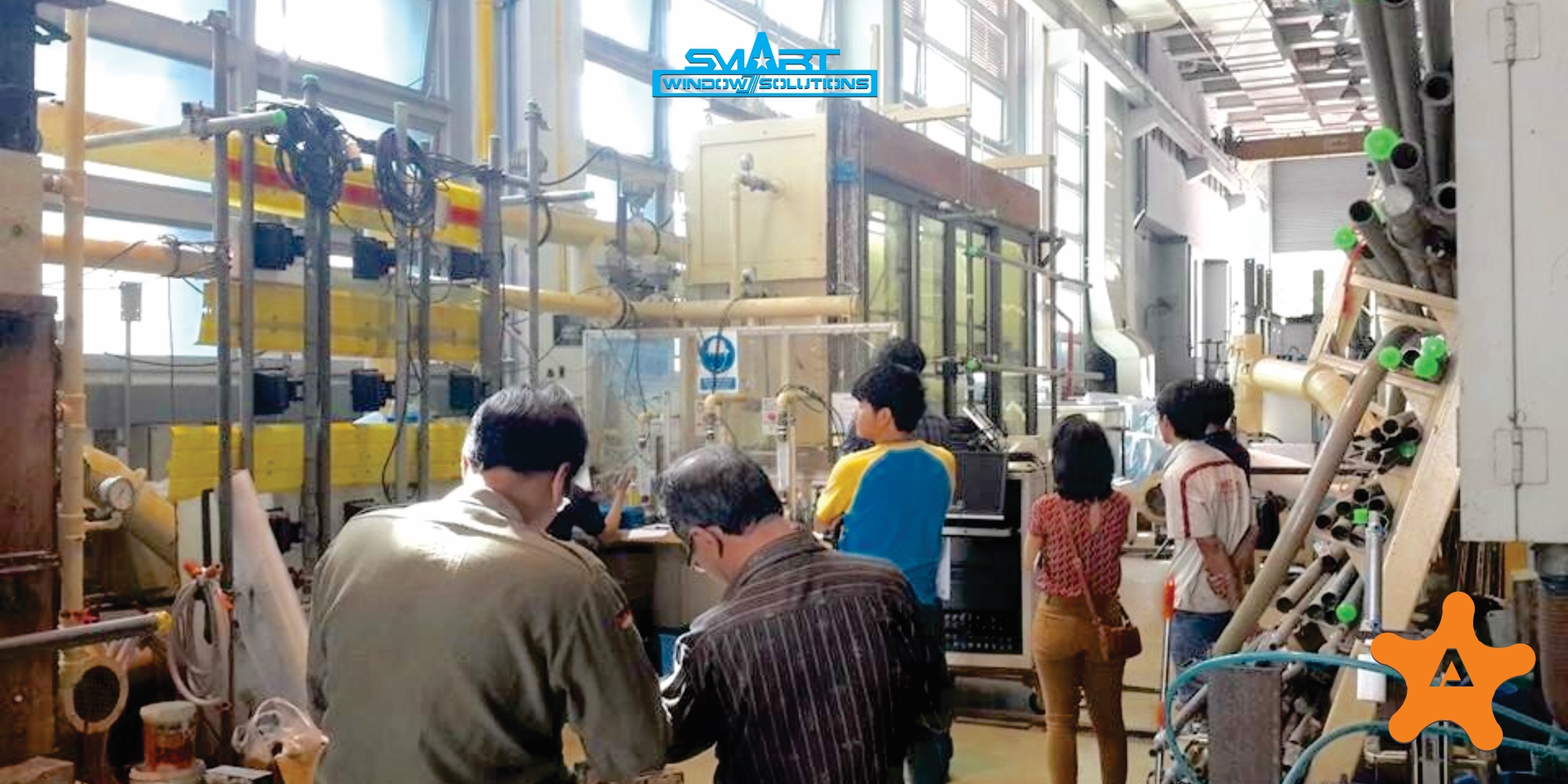
Air Tightness (A)
The air tightness test measures the volume of air that would pass through a closed window at an air pressure differential that represents a wind speed of 40 kph (25 mph). Performance is indicated by a number rating from A1 to A3, The higher the number, the more airtight the product.
Water Tightness (B)
On windows the performance rating for water tightness is represented by the letter ‘B’. Water tightness testing involves applying a uniform water spray at increasing air pressure (to simulate wind-driven rain) until water penetrates the window. Performance is indicated by a number ranging from B1 to B7 for windows, and from B1 to B4 for sliding doors, The higher the number, the more watertight the product.
Wind-Load Resistance (C)
For windows, the performance rating for wind-load resistance is represented by the letter ‘C’. Resistance to wind-load is a measure of the product’s structural strength and is tested by applying increasing levels of air pressure to simulate the wind force. Air pressure is applied until the product’s operation is impaired. There are up to five levels of wind resistance for windows (C1 to C5) and three levels (C1 to C3) for sliding doors, The higher the number, the better the performance.
Forced-Entry Resistance (F)
The performance rating for forced-entry resistance is represented by the letter ‘F’. The standards for windows include a test to indicate how well the product may thwart entry within five minutes. One of two ratings is assigned, F1 or F2. For windows, F1 means the product has a lock, while F2 indicates it has a lock and it passes hand and tool manipulation tests. This test is optional for windows that are installed higher than two meters from the ground. F2 represents the higher level of security.
Screen Strength/Ease of Operation (S/E)
For windows, the performance rating for screen strength is represented by the letter ‘S’. Sliding doors are tested for ease of operation and the letter ‘E’ represents the performance rating. Insect screens are not intended to serve any purpose other than to keep insects out. They are tested for tear, damage or retention in windows when subjected to loads. A rating of S2 is stronger than.
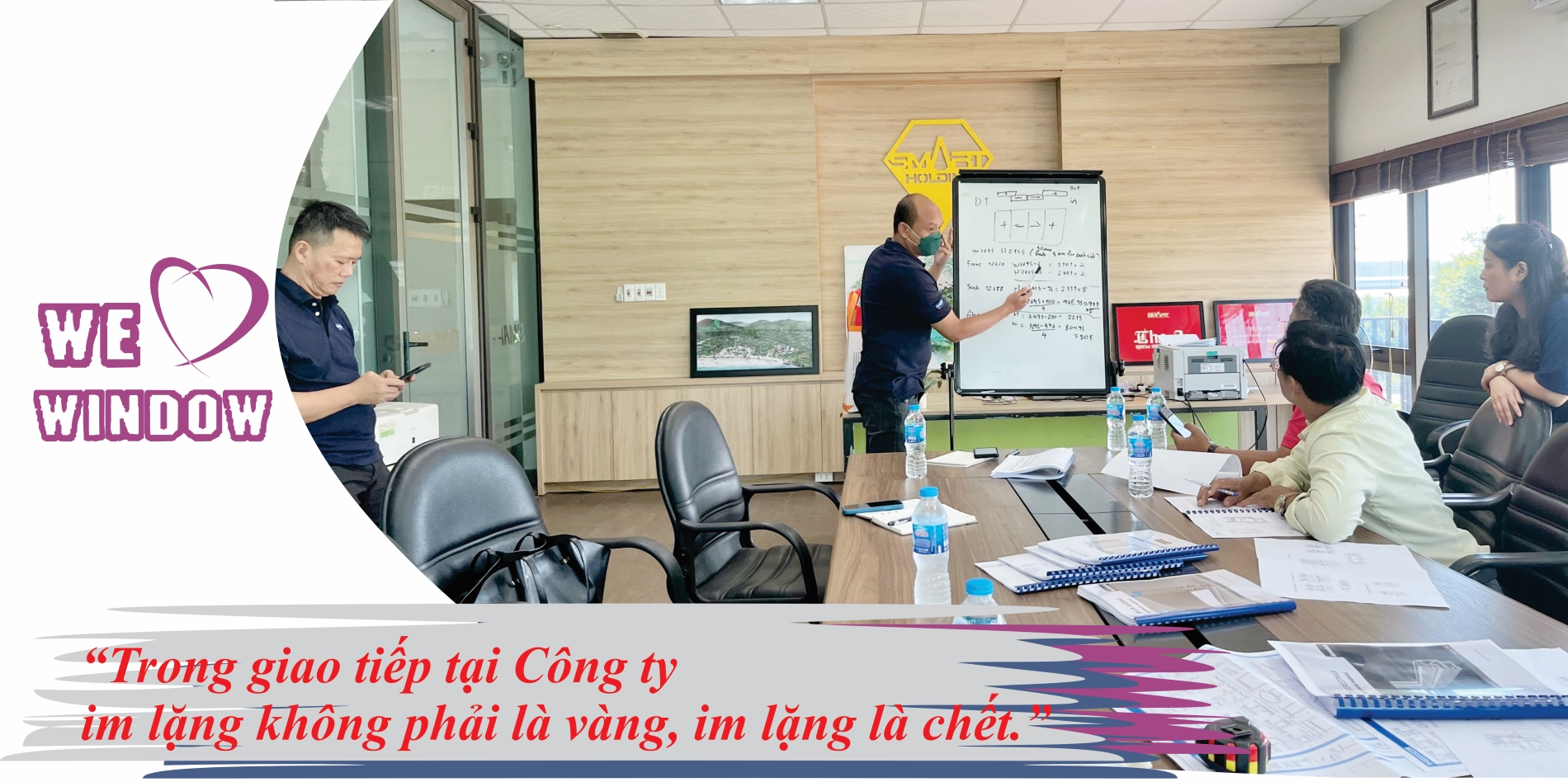
Smart Window production technology lines are made by leading German companies in the door industry. Modern technology, reputation, have created high quality products and are trusted by customers around the world (U-R-B-A-N, ELUMATECH,..)
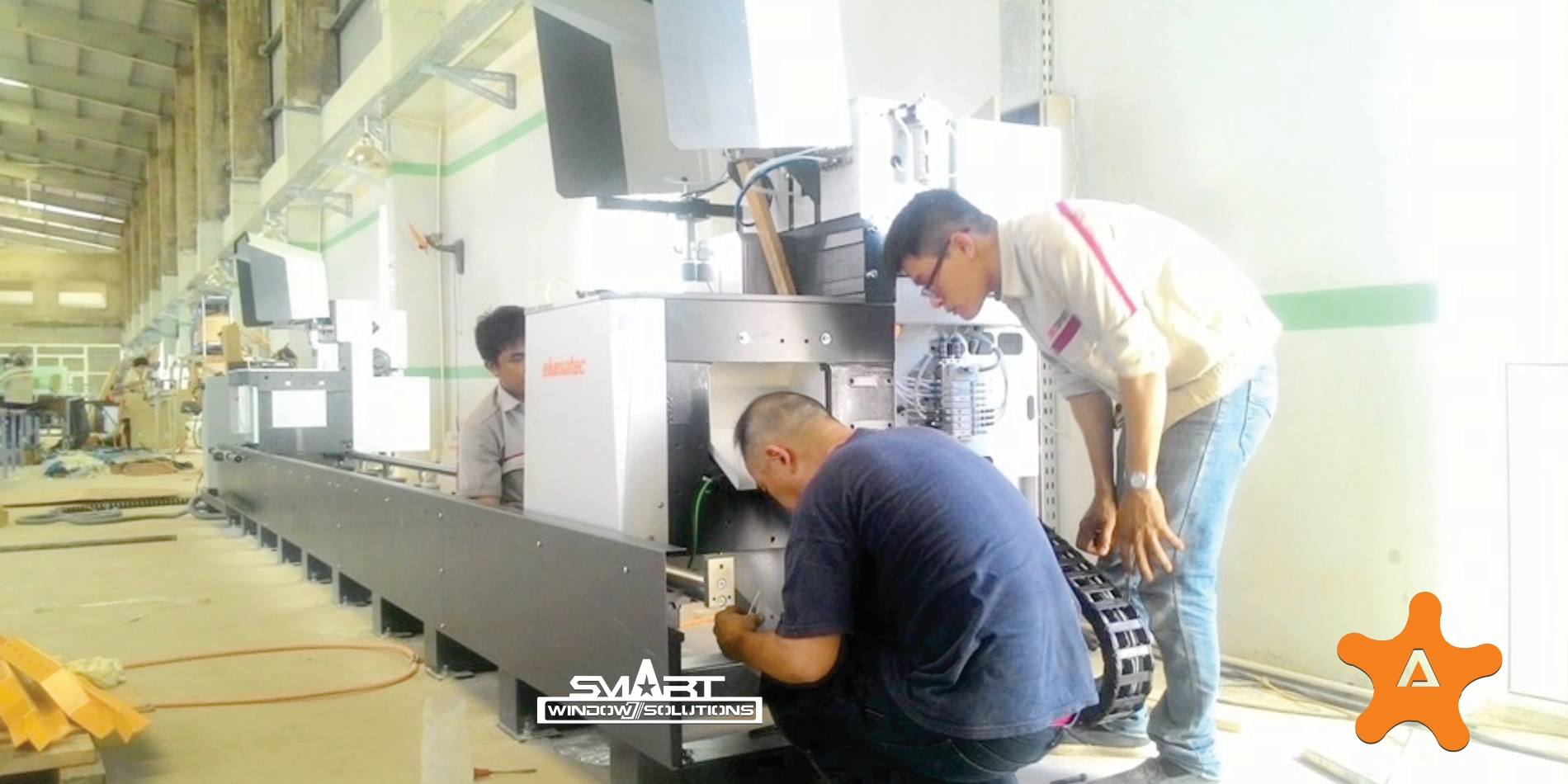
UPVC polymer door High performance wood grain polymer film for outdoor applications provides protection against weather effects and is used to design the surface of window structures, doors, and glass partitions. A wide range of colours, decorations and textured finishes opens up a huge scope for the design of each individual home - featuring authentic wood grains in fresh colors , from classic to modern.Products include quality products for different outdoor applications and climates. All door systems benefit from the renowned Solar Shield Technology (SST). The pigment colors in the profile reflect infrared radiation, thus significantly reducing heat accumulation in the door profile. In this way, the door profile structures and door bar colors retain their shape and fit with high precision. Polymer wood door products have led the market for many years. The product is warranted for many years outdoors For me, polymer wood doors are the perfect example of a "hidden champion", where decisions on a project, large or small, can be made relatively quickly.
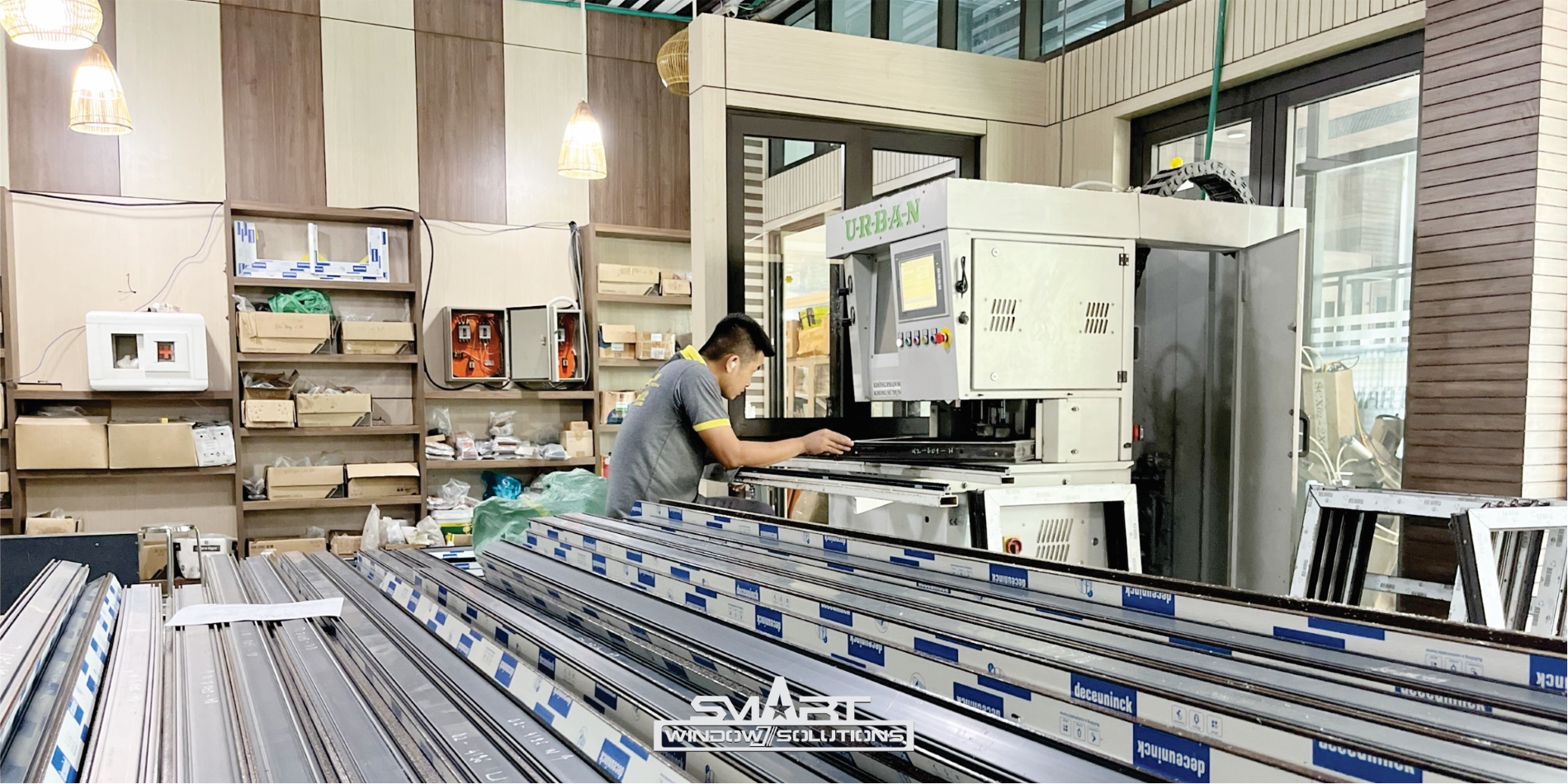
With modern technology lines, machinery and equipment applying the highest technology from Japan. Japanese aluminum bar brand JIS - Japan Aluminum is an aluminum bar system developed by JIS Industry Company in cooperation with Lixil Group, Japan's leading aluminum manufacturer. Before being released to the market, all JIS high-quality aluminum bars must pass strict inspection of the production process and product quality to ensure providing customers with the best aluminum bars and satisfaction. highest heart.
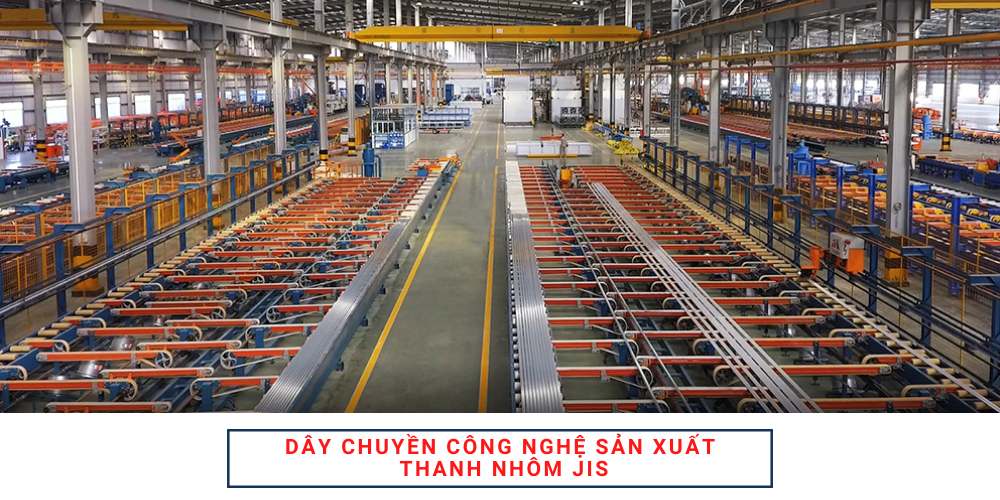
1. Import ingredients Imported main raw materials are: billet and Ingot from Australia, Middle East. Do not use recycled aluminum.
5. Check – Product composition analyzer – Machine to check product input and output defects – Metal structure analyzer, CNC controlled mold processing machine, Anode chemical tank analysis room and pre-treatment – Tensile strength tester, bending strength tester, Surface hardness tester, Surface coating thickness determination machine, Discoloration tester.






